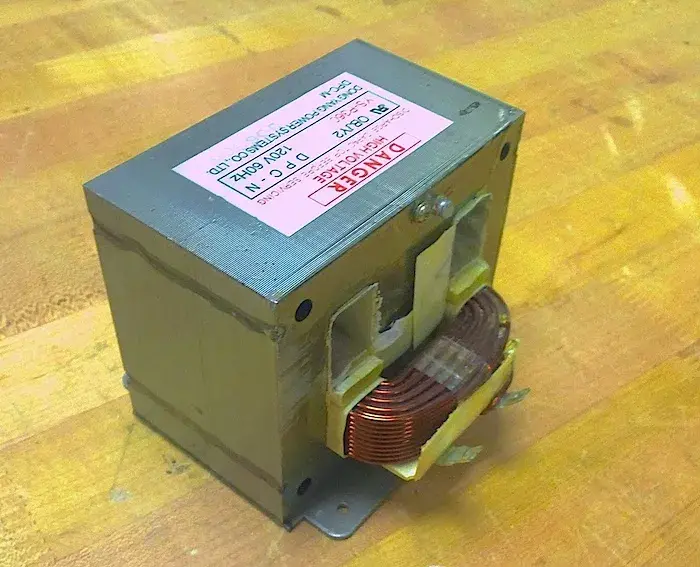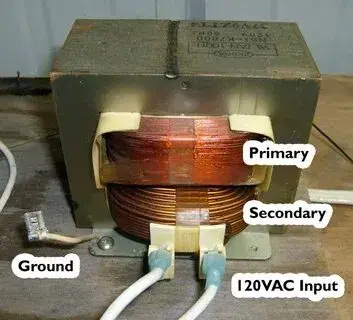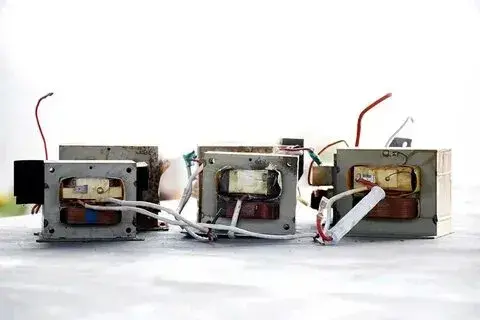Generally, the no-load current of the power transformer is very small, only 5%~10% of the full power current, while the primary current of the MFL transformer is very large when it is no-load, about 30%~60% of the full load current, generally in 2A~4A. The primary coil, in fact, is now magnetically saturated. If the primary or secondary coil is severely short-circuited, the primary current will burn the 10A safety in the microwave oven and even cause the air switch in the home to trip. Because the DC resistance of the primary coil is very small, it is impossible to judge whether the winding has short circuit by measuring the DC resistance. If the secondary high voltage coil has a slight short circuit, due to the secondary constant current characteristics, from the size of the primary no-load current can not accurately judge the good or bad transformer, and different types of transformer no-load current is very different, different types of transformer high voltage coil resistance value is also very big difference, this can not be measured by the current or resistance method to judge the good or bad about high voltage coils.
If the coil is locally short-circuited, although the DC resistance does not change much, the inductance will be greatly reduced, at this time to measure the resistance of the high voltage coil, the pointer will rise much faster, the more serious the short circuit, the faster the rising speed. The above measurement can only roughly judge the good or bad transformer, is there a more accurate method? This paper introduces a safe test transformer is good or bad method. First, unplug the high-voltage coil, filament lead and AC220V lead, and let the transformer have no load. Then, connect a 100Ω/5W resistor in series to the 220V AC power supply, and then connect the high-voltage coil, as shown in the following figure. Note: Because one end of the high voltage coil is connected to the transformer core, in order to prevent electric shock, the core end can only be connected to the neutral line. Finally, power on and measure the AC voltage at both ends of the 100Ω resistance. A good transformer is about 1V, and the primary voltage is about 18V. If there is a short circuit in the primary or secondary of the transformer, the voltage on the 100Ω resistance will increase significantly. At this time, if the short circuit filament winding, the voltage on the 100Ω will increase; If the 220V primary winding is short-circuited, the voltage on the 100Ω resistance will increase significantly, and the quality of the coils of enameled wire becomes important at this time.




